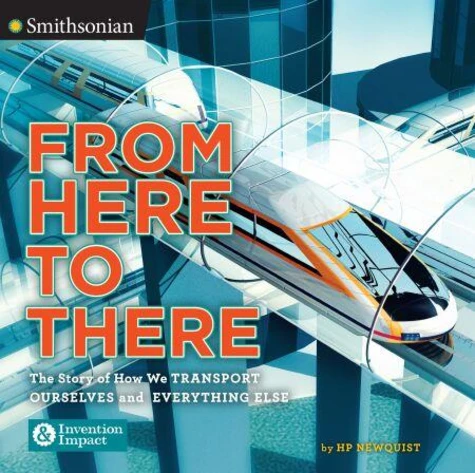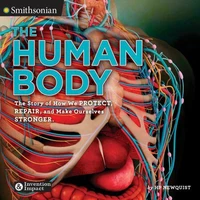From Here to There. The Story of How We Transport Ourselves and Everything Else
Par :Formats :
Disponible dans votre compte client Decitre ou Furet du Nord dès validation de votre commande. Le format ePub protégé est :
- Compatible avec une lecture sur My Vivlio (smartphone, tablette, ordinateur)
- Compatible avec une lecture sur liseuses Vivlio
- Pour les liseuses autres que Vivlio, vous devez utiliser le logiciel Adobe Digital Edition. Non compatible avec la lecture sur les liseuses Kindle, Remarkable et Sony
- Non compatible avec un achat hors France métropolitaine
 , qui est-ce ?
, qui est-ce ?Notre partenaire de plateforme de lecture numérique où vous retrouverez l'ensemble de vos ebooks gratuitement
Pour en savoir plus sur nos ebooks, consultez notre aide en ligne ici
- Nombre de pages112
- FormatePub
- ISBN978-0-698-40536-3
- EAN9780698405363
- Date de parution12/09/2017
- Protection num.Adobe DRM
- Taille169 Mo
- Infos supplémentairesepub
- ÉditeurViking Books for Young Readers
Résumé
This lively history of transportation follows our fascinating route from primitive technology like sandals to driverless cars and beyond! Since humans first stood upright, we've been on the move. Need food? Water? Land? A place to live? Survival depends upon motion. For thousands of years, people have devised ways to move faster, farther, and more comfortably. Their inventions-shoes, skis, the rudder, the wheel, engines, rockets-have had an enormous impact on how and where human beings live and thrive.
When human beings get a move on, change happens:- The wheel, probably first used in the Middle East around 6, 000 years ago, meant building and trading supplies could be moved more easily-whole civilizations rolled out.- The Vikings sailed far and wide because they used a keel on their longships. - Horse-and-carriage gridlock gave rise to subways. - The bicycle changed the world for women in terms of freedom and fashion.- Drones and driverless cars are the future .
When human beings get a move on, change happens:- The wheel, probably first used in the Middle East around 6, 000 years ago, meant building and trading supplies could be moved more easily-whole civilizations rolled out.- The Vikings sailed far and wide because they used a keel on their longships. - Horse-and-carriage gridlock gave rise to subways. - The bicycle changed the world for women in terms of freedom and fashion.- Drones and driverless cars are the future .
This lively history of transportation follows our fascinating route from primitive technology like sandals to driverless cars and beyond! Since humans first stood upright, we've been on the move. Need food? Water? Land? A place to live? Survival depends upon motion. For thousands of years, people have devised ways to move faster, farther, and more comfortably. Their inventions-shoes, skis, the rudder, the wheel, engines, rockets-have had an enormous impact on how and where human beings live and thrive.
When human beings get a move on, change happens:- The wheel, probably first used in the Middle East around 6, 000 years ago, meant building and trading supplies could be moved more easily-whole civilizations rolled out.- The Vikings sailed far and wide because they used a keel on their longships. - Horse-and-carriage gridlock gave rise to subways. - The bicycle changed the world for women in terms of freedom and fashion.- Drones and driverless cars are the future .
When human beings get a move on, change happens:- The wheel, probably first used in the Middle East around 6, 000 years ago, meant building and trading supplies could be moved more easily-whole civilizations rolled out.- The Vikings sailed far and wide because they used a keel on their longships. - Horse-and-carriage gridlock gave rise to subways. - The bicycle changed the world for women in terms of freedom and fashion.- Drones and driverless cars are the future .






